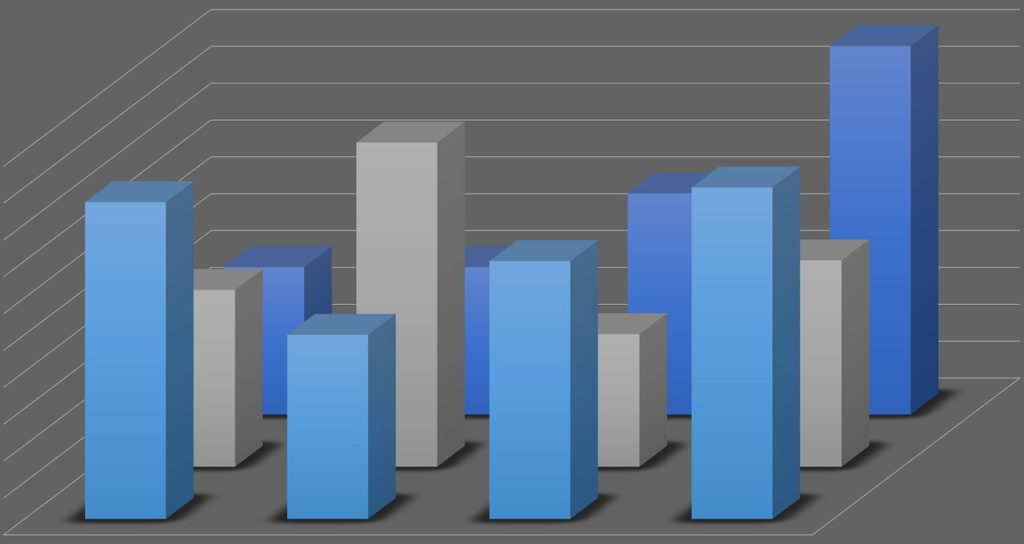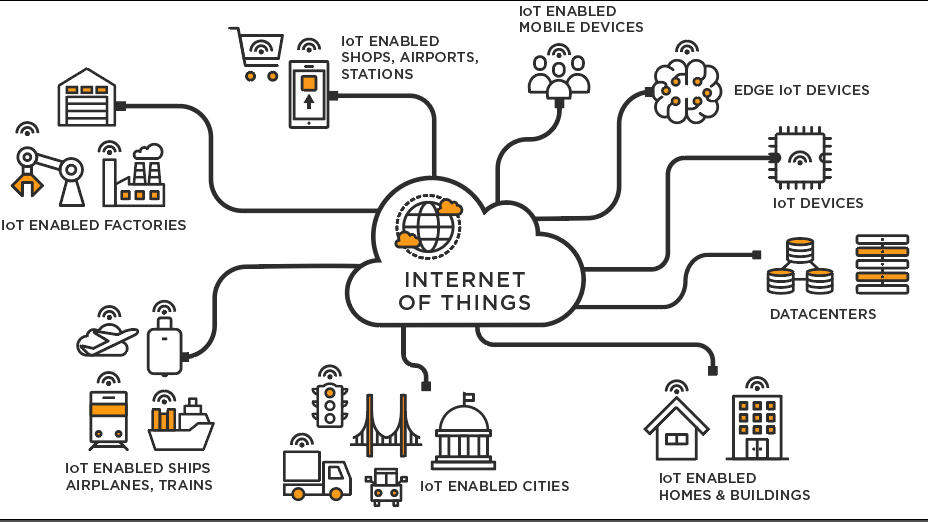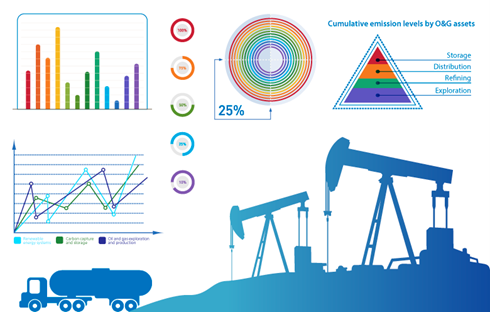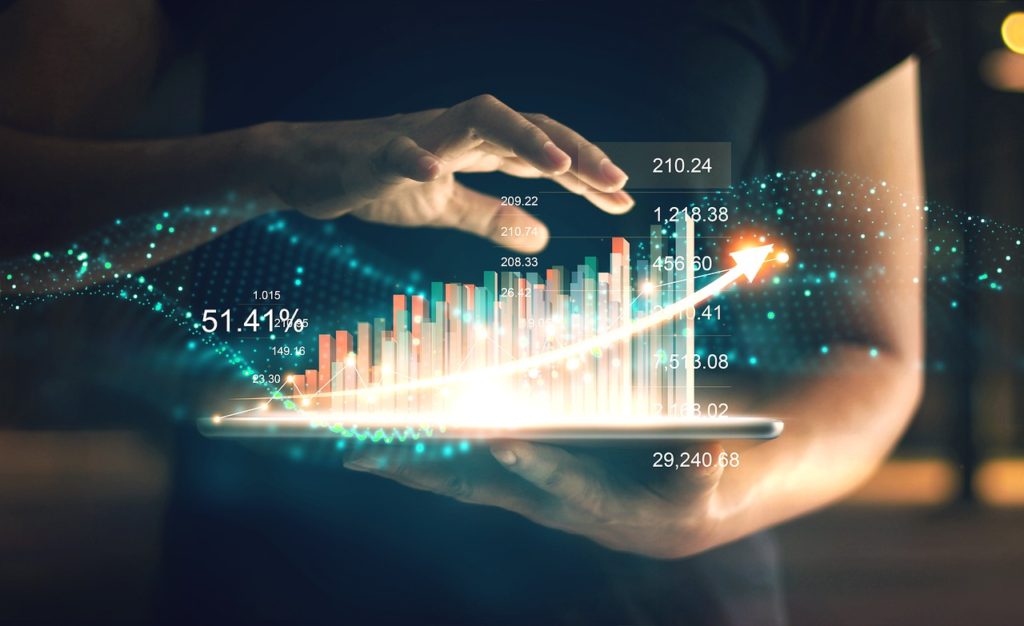
The utilization of Analytics in the current business environment heavily influences how we examine and make business decisions. The same goes for the oil and gas industry, where new tools and techniques have been emerging to make it easier for businesses to make radical yet beneficial decisions. As we know, analysis cannot be possible in this day and age without data, as data has become an important asset for businesses from which they can learn. This is more evident by the integration of machine learning and artificial intelligence, along with other big data technologies. There are various types of tools ranging from IOT, AI tools, to data visualization software which are being implemented.

Firstly, IoT (Internet of Things) platforms are used in real-time data collection from different sensors on machinery. For example, in midstream operations, businesses obtain data from their pipelines for different parameters like flowrate, temperature and pressure (Shiklo, 2022). Platforms like Microsoft Azure IoT or AWS IoT offer services to track data and manage a vast number of devices connected to the cloud, which provide insight on that data (G2, 2023). Hence, large amounts of data collected from the sensors or devices help in predictive analysis and resource maintenance. It can become faster to conduct a root cause analysis and prevent failures which can cause disruptions in the workflow. If I am working in the oil and gas industry, I can use a platform such as Microsoft Azure IoT to monitor valuable parameters in real time and have instant visibility in the case where something goes wrong.
Secondly, Artificial intelligence and machine learning tools can be used to monitor the collected data and improve operational efficiency. For example, the IoT sensors placed on an oil well give us data regarding valuable parameters. These parameters can be monitored by AI to detect oil leaks or loss of pressure. (Miller, 2023). Platforms like Google’s TensorFlow or Microsoft’s Azure Machine Learning can be used for predictive modelling, detecting anomalies, and optimizing tasks (Reyes, 2023). If I use a platform such as Microsoft Azure Machine Learning in my daily life, this tool can help manage and monitor large amounts of data and improve operational efficiency, which can detect any issues accurately.
Third, Data Visualization Software can be used to visualize complex dataset into interactive charts and graphs. This is essential because decision makers who run a business do not necessarily understand raw data, hence the data is required to be presentable. This is where tools such as Tableau and PowerBI come into play which allow users to interact with the data and extract meaningful insights, which is crucial in data-driven decision-making processes. Tableau can be used to build customized metrics as per the KPIs of the company. For example, it can provide waste management metrics which can inform about leaks and spills from different facilities. This data can be used to determine which facility needs attention or immediate action. Moreover, using Tableau in my daily professional life is a no brainer. The human brain interprets visual data better than Excel tables. I can easily present relevant data to management and help them make timeline decisions. An example of a Tableau dashboard used for presenting data can be seen below in Figure 1.
Example of Tableau Dashboard which various data metrics

Obtained from: Patel, U. (April 21, 2022). How Tableau CRM fuels sustainable growth in the oil and gas industry. Softweb Solutions. https://www.softwebsolutions.com/resources/tableau-crm-for-the-oil-and-gas-industry.html
Moreover, these technologies have a huge impact on operations in the oil and gas industry, making things more efficient and less wasteful. These technologies leverage the power of data to enable effective and real time analysis than ever before. There are various stakeholders that would be effected by this which include the company, employees, clients, and tech companies. The primary stakeholder that would be positively effected by the implementation of these technologies would be the companies themselves. They can made decisions faster which can reduce risk and wastage of time and money. Furthermore, the implementation of IoT would affect the jobs of surveyors and inspectors who periodically measure parameters for inspection, and that whole workplace has been made redundant by this technology. Hence companies would no longer require as many inspectors as they did before. These collected parameters being processed by AI and Machine Learning assist in automatically detecting failures and optimizing tasks. This will reduce the tedious work and make the workflow for employees more efficient. Clients can get faster data and the right product with reduced downtime. This would mean more revenue for this. More and more companies would hire data analysis and tech experts in this field which can increase the number of tech related employees in the company. Lastly, I believe companies who don’t use these technologies will be left behind the competition and struggle to survive in the business.
Although, there are ethical dilemmas that need to be addresses, mostly in terms of data privacy and job loss. With the large amounts of data being collected and analyzed, businesses need to be transparent on what this is being used for. Given the extensive data collected, transmitted, and stored by IoT systems, there are considerable concerns regarding data security and privacy. It is essential to implement strong cybersecurity protocols and address any potential weaknesses in IoT networks to safeguard valuable information and adhere to industry regulations. And, automation can lead to job losses of many departments within the company, as stated above. It’s important for organizations to provide retraining and reskilling opportunities to help employees transition to new roles.
In conclusion, the intersection of business analytics and the oil and gas industry is a dynamic and rapidly evolving space, offering ample opportunities for improved efficiency and decision-making, while also presenting unique challenges.
References:
Marr, B. (February 22, 2021). The 4 biggest trends in big data and analytics right for 2021. Forbes. https://www.forbes.com/sites/bernardmarr/2021/02/22/the-4-biggest-trends-in-big-data-and-analytics-right-for-2021/?sh=4cbd940d7df8
Ahatlan, H. (November 08, 2022). Data analytics in the energy industry. Intertrust. https://www.intertrust.com/blog/data-analytics-in-the-energy-industry/
Sahu, M. (July 06, 2021). Data Analytics in Oil and Gas Industry. Analytics Steps https://www.analyticssteps.com/blogs/data-analytics-oil-and-gas-industry
Shiklo, B. (August 10, 2022) IoT: a Technological Advancement for Oil & Gas. ScienceSoft. https://www.scnsoft.com/blog/iot-in-oil-and-gas
Ziuba, A. (April 25, 2023). IoT in Oil and Gas: Transforming the Sector with Smart Tech Solutions. Relevant Software. https://relevant.software/blog/iot-in-oil-and-gas/#:~:text=IoT%20applications%20in%20the%20oil%20and%20gas%20industry%20are%20innovative,environmental%20monitoring%2C%20and%20energy%20management
Miller, A. (February 9, 2023). Top 15+ applications of AI in oil and gas. InData Labs. https://indatalabs.com/blog/ai-applications-in-oil-and-gas-industry
Reyes, K. (June 13, 2023). Top Machine Learning Tools. Simplilearn. https://www.simplilearn.com/best-machine-learning-tools-article
Patel, U. (April 21, 2022). How Tableau CRM fuels sustainable growth in the oil and gas industry. Softweb Solutions. https://www.softwebsolutions.com/resources/tableau-crm-for-the-oil-and-gas-industry.html

